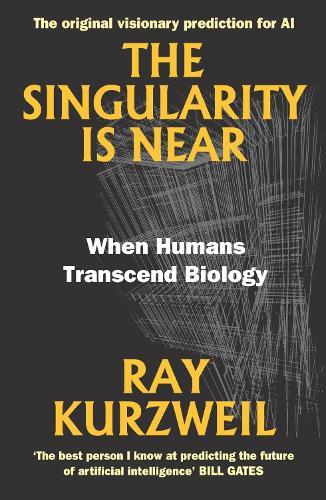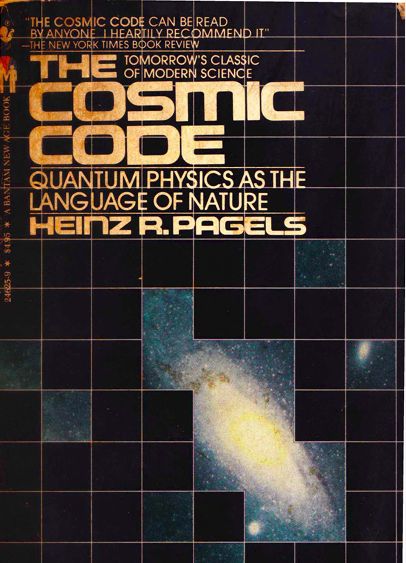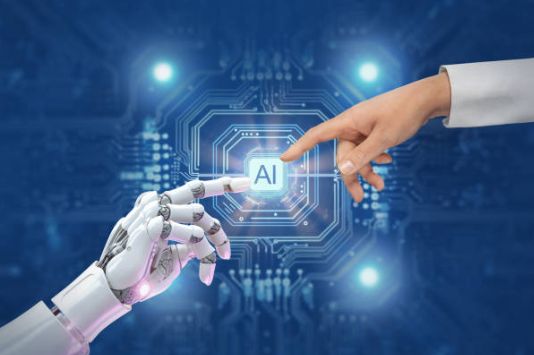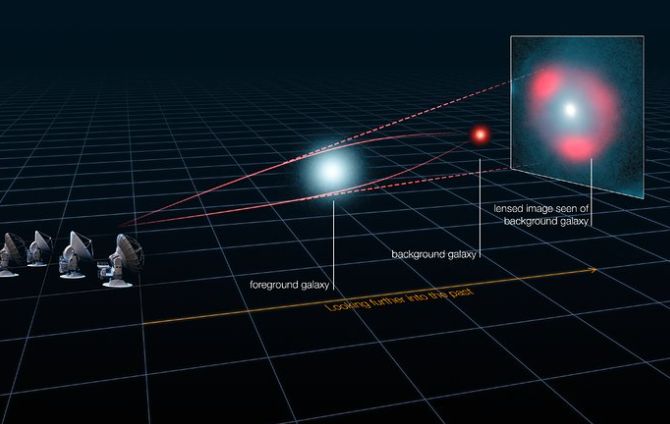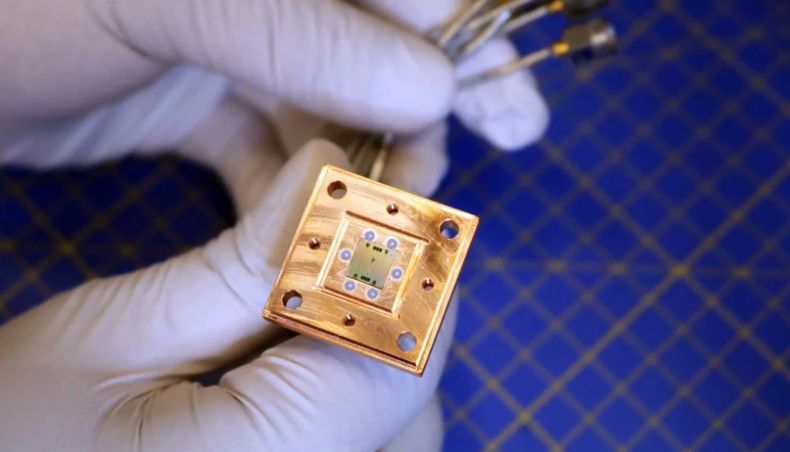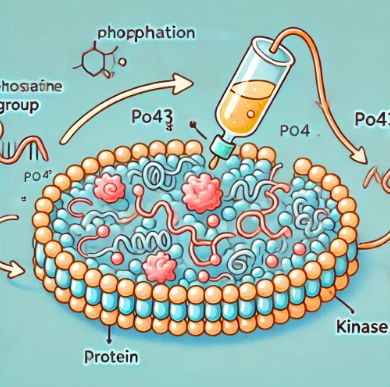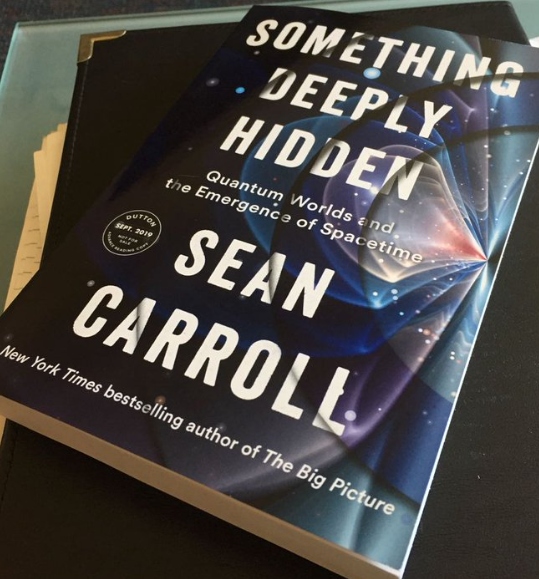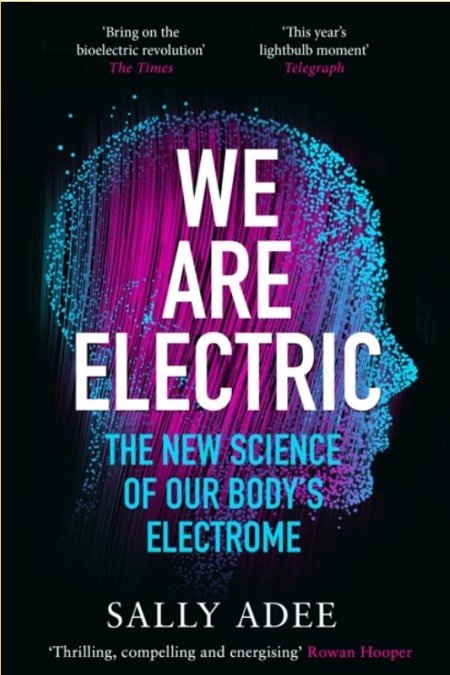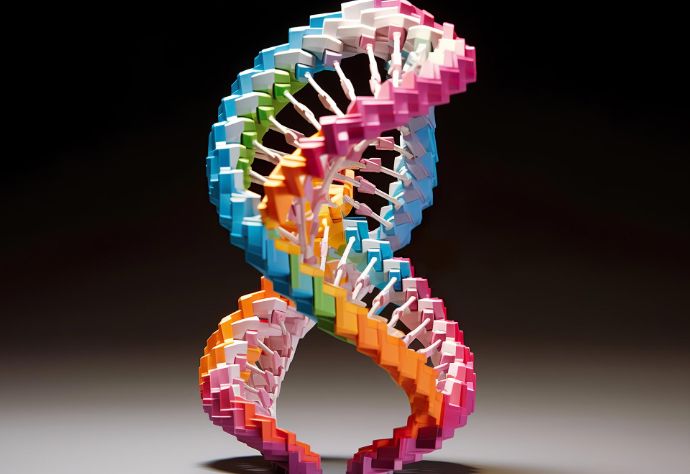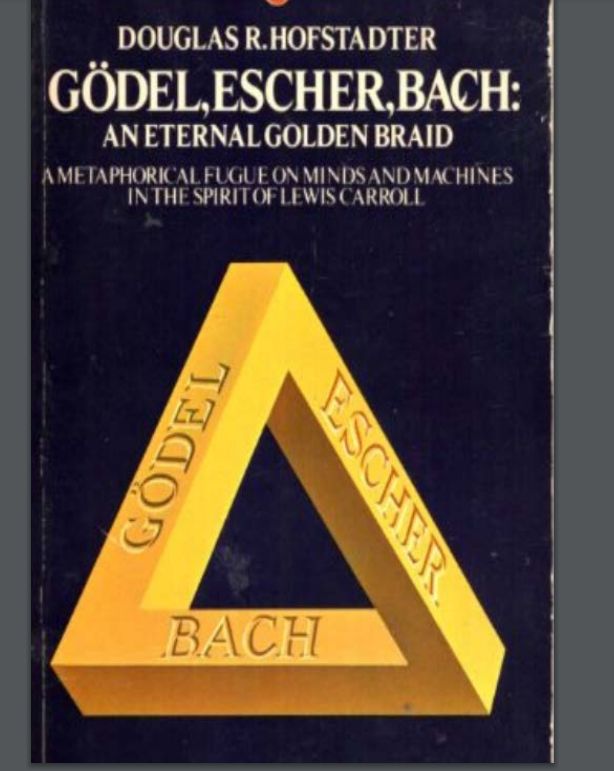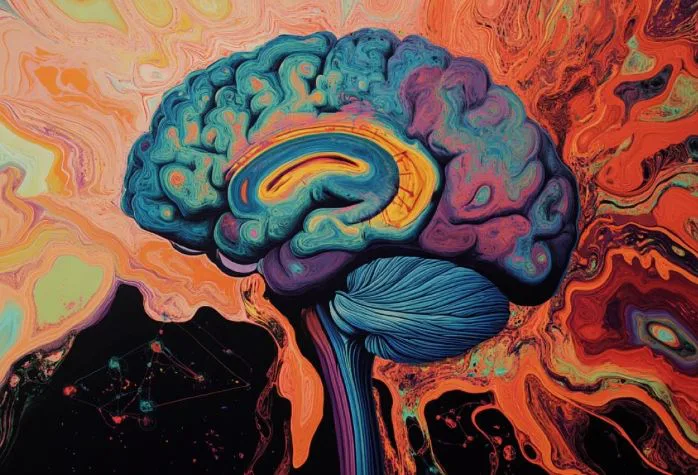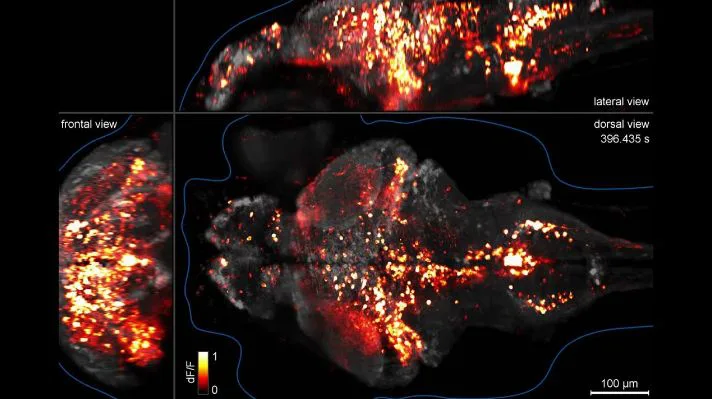The Singularity is Near, When Humans Transcend Biology by Ray Kurzweil talks about some exciting times ahead where our intelligence could evolve and go beyond almost everything. We might even transcend the current biological limitations and unlock our imagination in ways that feel unfathomable today. We might live in a world where the line between reality and VR will begin to blur, over all, we’d redefine the way we experience existence today. The book was first published in 2005.
Read MoreTag: research
Book Review: The Cosmic Code by Heinz R. Pagels
The Cosmic Code: Quantum Physics as the Language of Nature by Heinz R. Pagels talks about the discoveries that have happened in physics in terms of the structure of matter, the universe’s origins and the nature of quantum reality. It was first published in 1982. The book highlights the importance of scientific discoveries for our understanding of the universe and our place within it. All the complex ideas are clearly explained combined with author’s personal reflections. And at the culmination, the author has beautifully presented a case of science running…
Read MoreInterview: Prof. Dr. Michael Gerlich, Head of Foresight & Sustainability, SBS Swiss Business School, Switzerland
Recently, I read one research paper titled, “AI Tools in Society: Impacts on Cognitive Offloading and the Future of Critical Thinking” by Prof. Dr. Michael Gerlich. It is one of those research pieces, which I find extremely interesting and want to get into the depth and collect more insights. So, I tried to touch base with the research scientist and asked for his time for an email interview fortunately, he agreed. Research scientists, like Dr. Gerlich are my intellectual heroes who, despite their towering intellect and busy schedule, remain grounded…
Read MoreAI’s Potential: Revolutionizing Healthcare
The healthcare industry is leveraging conversational artificial intelligence to improve patient engagement. These conversational AIs are based on large language models (LLMs), which provides a window to level up patients’ interactions with the health care systems as these framework offers customized and efficient support.
Read MoreEarly Universe Structures Found by JWST: Cosmic Revelations
The James Webb Space Telescope (JWST) has revolutionized our understanding of the early universe, particularly with its discoveries in 2024. The objects that have been discovered have revealed properties and structures that challenges our current understanding of cosmic theories. These groundbreaking findings, many made possible by the phenomenon of gravitational lensing, have opened new avenues of research into how the earliest galaxies and stars formed.
Read MoreRecord Cold Quantum Refrigerator: A Breakthrough for Quantum Computing Stability
An interesting development around quantum computing has surfaced. We all know that these quantum systems require super cold temperature to operate at their optimal performance. Why? Well, the fundamental blocks of quantum computers, which are, the qubits cannot function in regular temperature. For reliable quantum computation, these quantum systems require extremely low temperatures as they are highly sensitive to their surroundings, in fact, even a tiny disturbance by weak electromagnetic interference can cause errors in their system.
Read MoreSynthetic Phosphorylation Networks: A Breakthrough in Cell Signaling
Bioengineers at Rice University have developed an innovative technique for creating custom sense-and-respond circuits in human cells. This innovation could be a game changer for conditions like autoimmune disease and cancer. What is custom sense-and-respond circuits in human cells? It is an interesting mechanism where cells pick up particular signals from its outside environment and react in a certain manner. It can be compared to personalized tools that can empower us to finely tune how cells behave.
Read MoreBook Review: Something Deeply Hidden by Sean M Carroll
“Something Deeply Hidden: Quantum Worlds and the Emergence of Spacetime” is a non-fiction work authored by American theoretical physicist Sean M. Carroll. It was first published in 2019. The book talks about the fundamental principles of quantum mechanics, with a focus on the Many-Worlds interpretation.
Read MoreBook Review: We Are Electric by Sally Adee
Sally Adee in “We Are Electric: Inside the 200-Year Hunt for Our Body’s Bioelectric Code, and What the Future Holds” takes us into our inner most layer which is but a hidden circuitry that powers nearly all forms of life. Even the tiniest cellular functions are governed by intricate electrical signals. This bioelectricity influences everything from our health to our consciousness. This book made its debut in 2023, and I’ve been jotting down my thoughts on it for the past couple of months. Today, I finally decided it was time…
Read MoreDNA Origami: Tiny Toolkit for Big Innovations
Super interesting research about DNA has lately surfaced. The blue print of life is not only a research material for biology but now, it is also utilized for building tiny robots! Doesn’t it sound futuristic? With a groundbreaking technique called DNA Origami, scientists at The University of Sidney are turning this sci-fi feat into a reality.
Read MoreBook Review: Gödel, Escher, Bach by Douglas Hofstadter (I/II)
Gödel, Escher, Bach: an Eternal Golden Braid by Douglas Hofstadter was first published in 1979. Famously known as GEB, the book touches upon everything – consciousness, self-reference, computer science, formal systems, proofs, mathematics, abstract structures, codes, language, music, storytelling, conversations etc. At the beginning, I’d like to mention that I’m not qualified to review this book, as I lack a background in mathematics. Despite my difficulty in understanding complex concepts, from what little I’ve grasped, I believe this is one of the most profound works I’ve encountered so far.
Read MorePsychedelics Stimulate Hippocampal Cells to Alleviate Anxiety
When I first read “DMT: The Spirit Molecule” by Dr. Rick Strassman, I thought developing psychedelic inspired drugs without any “hallucinating” side-effects to cure anxiety related problems could be a game changer. Interestingly, I came across research by Cornell University, where researchers did come up with psychedelics to excite cells in hippocampus to reduce anxiety.
Read MoreWHaloCaMP Biosensor: Real-Time Insights into Animal Physiology
Researchers at the Janelia group created an innovative way for engineered protein biosensors & bright, fluorescent Janelia Fluor (JF) dyes to work together. Aim of the new biosensor is to measure physiological signals in live animals. The revolutionary sensor, WHaloCaMP, can track multiple physiological signals in live animals, unlike its previous version. And when it comes to illumination, the detector can emit bright far-red light. This light can penetrate deeper into tissues than the other (existing) wavelengths.
Read MoreCloud Messaging Platforms: Market Growth, Tech Trends and Leading Players
The trajectory of cloud-based messaging platforms is on an upward trend. As industries globally adopt advanced technologies, the demand for sophisticated applications is also increasing. As per Market Research Future, the Cloud Communication Platform market industry is projected to grow from USD 19.38 Billion in 2024 to USD 82.21 Billion by 2032, exhibiting a compound annual growth rate (CAGR) of 19.80% during the forecast period (2024 – 2032). While Mordor Intelligence estimates it to reach USD 40.13 billion by 2029, growing at a CAGR of 18.44% during the forecast period…
Read MoreInterview: Dr. Sukriti Hans, Material Scientist at LIST, Luxembourg
In a rapidly evolving world where technological advancements meet the growing demand for sustainability, Dr. Sukriti Hans stands at the forefront of materials research. Currently a Junior R&T Associate at the Luxembourg Institute of Science and Technology (LIST), Dr. Hans is playing a pivotal role in developing high-resolution characterization methods that can redefine the future of materials science.
Read More
